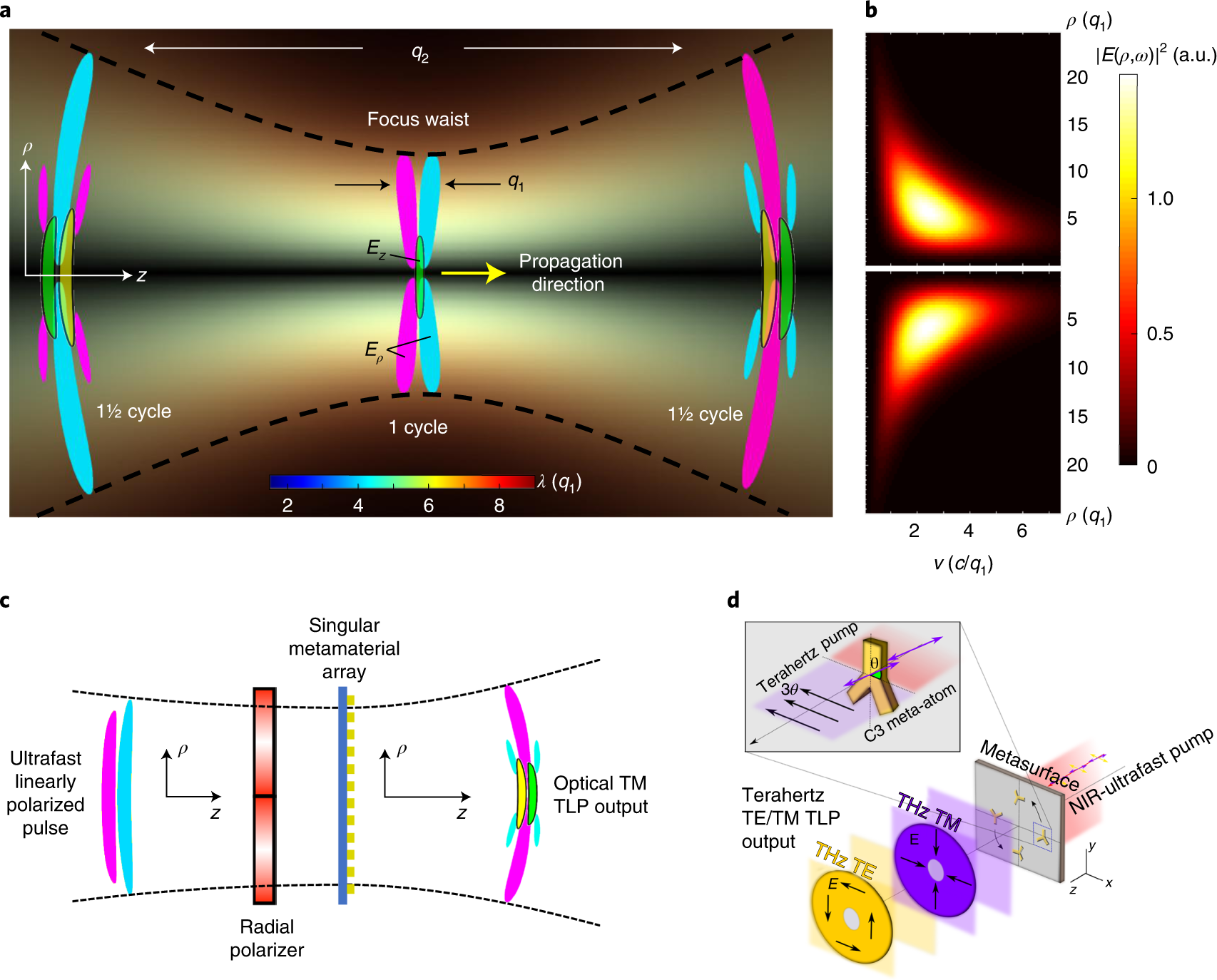Contents
![]()
Source: Physics World
<>
Optical Pulse Generation and Characterization
Introduction
Optical pulses are flashes of light that can be generated using lasers. These pulses are crucial in various applications due to their short durations and high optical frequencies.
Short Optical Pulses
Short optical pulses, often generated with lasers, can have extremely short durations, reaching femtosecond (fs) timescales. This ultrashort pulse duration is essential for various applications in physics and material processing.
Pulse Generation Techniques
Various methods, such as mode-locked lasers and pulse compression techniques, are used to generate optical pulses with specific durations, energies, and repetition rates. These techniques cover a wide range of parameters to meet different application requirements.
High Peak Powers and Intensities
Short optical pulses can achieve high peak powers and intensities, making them valuable for studying phenomena like multi-photon ionization and high harmonic generation. The ability to focus these pulses tightly allows for concentrated energy delivery.
Characterization of Light Pulses
Measuring the duration and other characteristics of optical pulses is crucial for optimizing their use in various applications. Optical techniques are often employed for accurately characterizing ultrashort pulses.
Pulse Propagation
Understanding how optical pulses propagate in different media is important for predicting their behavior. Factors like dispersion and nonlinearities can impact pulse propagation, requiring numerical simulations for detailed analysis.
Conclusion
Optical pulse generation and characterization play a vital role in a wide range of scientific and industrial applications. By harnessing the unique properties of short optical pulses, researchers and engineers can advance various fields of study.

Source: Nature
Feel free to comment your thoughts.


